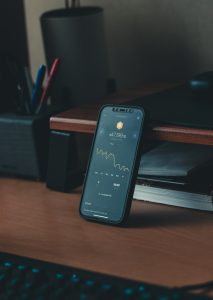Hey there, friends! In our journey towards a greener lifestyle, we’re diving into the world of energy-efficient technology for our homes. We’ll explore smart thermostats, LED lighting, energy-saving appliances, and even a few innovative gadgets that can help us reduce our carbon footprint while saving on utility bills. By embracing these modern solutions, we can create a more sustainable living environment that’s both eco-friendly and cost-effective. Ready to transform our homes into energy-efficient havens? Let’s get started! How can we make our home more energy-efficient with technology? It’s a question many of us are asking as we become increasingly aware of our environmental impact and the rising costs of energy. Thankfully, with advancements in technology, making our homes more energy-efficient is not only possible but also easier than ever before. Let’s take a comprehensive look at the various ways we can achieve this.
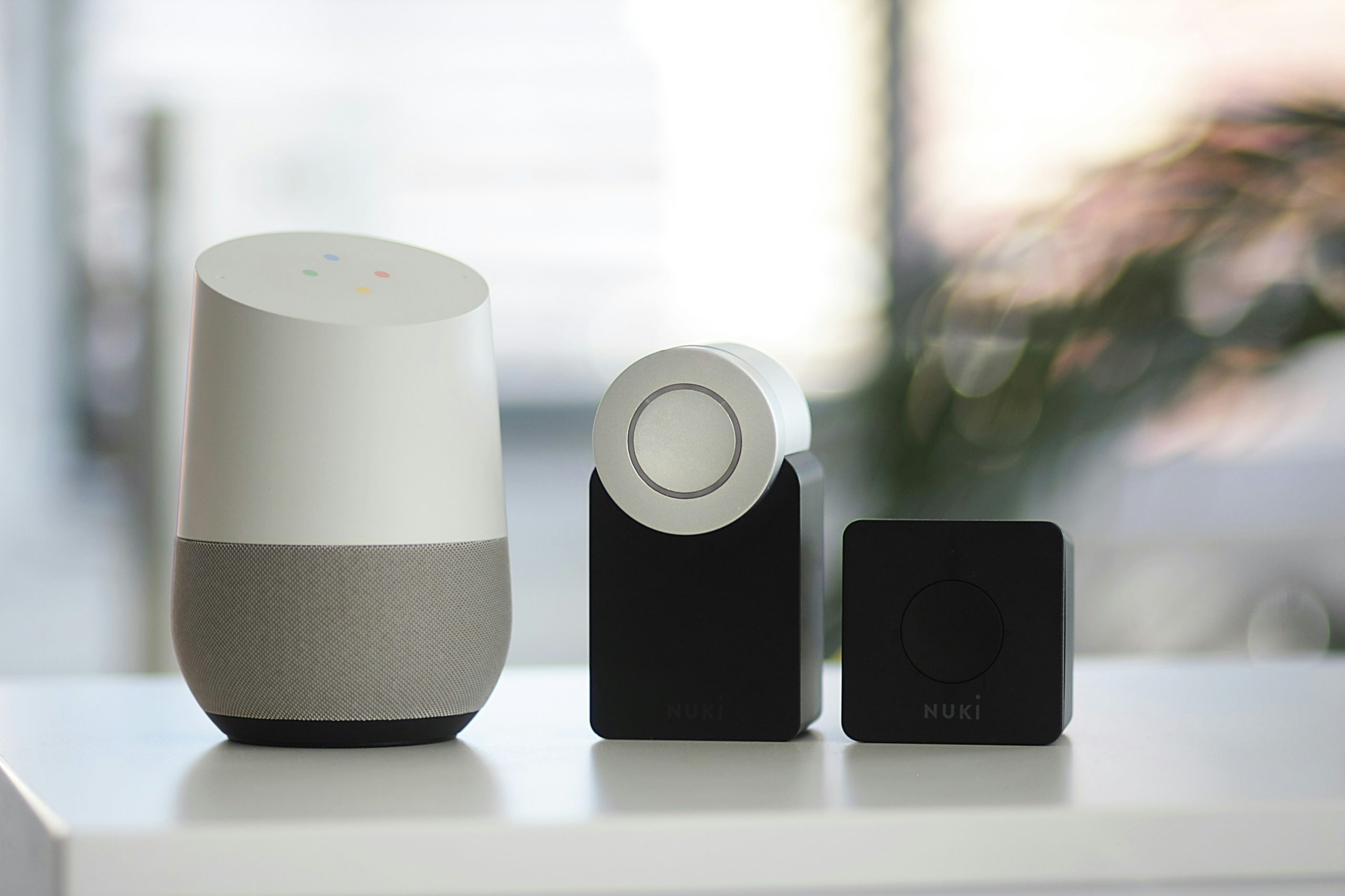
Understanding Energy Efficiency
Before diving into the gadgets and gizmos, it’s important to understand what energy efficiency means. Essentially, energy efficiency involves using less energy to perform the same task. This means fewer greenhouse gases are emitted, and we end up saving money on energy bills. It’s a win-win situation!
The Importance of Energy Efficiency
Energy efficiency is crucial for several reasons. Firstly, it helps reduce our carbon footprint, making our homes more environmentally friendly. Secondly, it can significantly lower our energy bills, saving us money in the long run. Lastly, energy-efficient homes are generally more comfortable to live in, maintaining a consistent temperature and air quality.
Smart Thermostats for Temperature Control
One of the most straightforward ways to enhance energy efficiency at home is by installing a smart thermostat. These devices learn our schedule and preferences over time, ensuring that our heating and cooling systems are only working when needed.
Benefits of Smart Thermostats
Smart thermostats offer several benefits:
- Energy Savings: By automatically adjusting the temperature based on our schedule, smart thermostats can reduce energy consumption.
- Remote Control: We can control our home’s temperature from anywhere using our smartphones.
- Adaptive Learning: These devices learn our habits and adjust settings accordingly.
- Detailed Insights: Many smart thermostats provide reports on energy usage, helping us identify areas for improvement.
Popular Smart Thermostats
Let’s take a look at some popular smart thermostat options:
| Thermostat | Key Features | Price Range |
|---|---|---|
| Nest Learning Thermostat | Learns schedule, remote control, energy reports | $200-$250 |
| Ecobee SmartThermostat | Includes room sensors, Alexa integration, energy reports | $180-$250 |
| Honeywell Home T9 | Room sensors, remote control, energy savings insights | $150-$200 |
Energy-efficient Lighting Solutions
Lighting is another area where technology can really shine when it comes to energy efficiency. Traditional incandescent bulbs consume a lot of energy and don’t last very long. Switching to LED bulbs and incorporating smart lighting systems can make a significant difference.
Benefits of LED Lighting
- Energy Consumption: LED bulbs use up to 75% less energy than traditional incandescent bulbs.
- Longevity: LED lights can last up to 25 times longer.
- Cooler Operation: LEDs produce less heat, making them safer and more efficient.
Smart Lighting Systems
Smart lighting systems, like Philips Hue or LIFX, offer additional benefits including:
- Remote Control: We can control the lights from our smartphones.
- Automation: Set schedules and scenes to ensure lights are only on when needed.
- Energy Tracking: Some systems provide insights into energy usage.
Comparing Lighting Options
| Lighting Option | Energy Use | Lifespan | Cost (per bulb) |
|---|---|---|---|
| Incandescent | High | 1 year | $1-$2 |
| CFL | Medium | 8 years | $2-$5 |
| LED | Low | 25 years | $6-$10 |
Appliances: Go for Energy Star
Home appliances are huge energy consumers. From refrigerators to washing machines, upgrading to Energy Star-rated appliances can have a significant impact on our energy consumption.
Benefits of Energy Star Appliances
- Energy Efficiency: Energy Star appliances use less energy than conventional ones.
- Cost Savings: Lower energy consumption means lower energy bills.
- Environmental Impact: Reduced greenhouse gas emissions.
Key Appliances to Upgrade
Here’s a list of key appliances worth upgrading:
| Appliance | Average Lifespan (years) | Potential Energy Savings |
|---|---|---|
| Refrigerator | 10-15 | 10-40% |
| Washing Machine | 10-13 | 25-33% |
| Dishwasher | 10-13 | 10% |
| HVAC System | 15-20 | 20-40% |
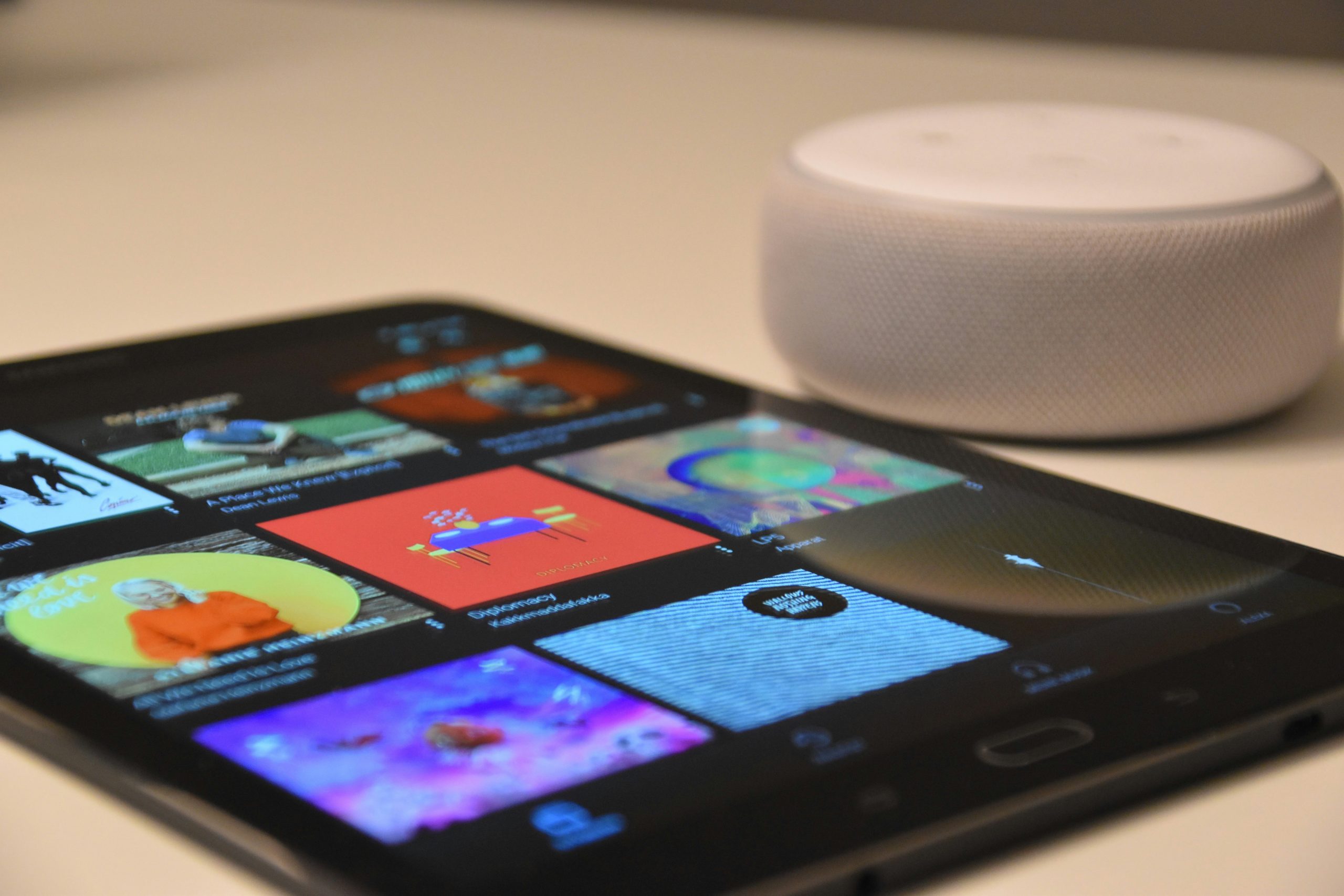
Water Heating: Efficient Solutions
Water heating can account for a significant portion of our energy bills. Using modern, energy-efficient water heaters can help reduce this burden.
Types of Energy-efficient Water Heaters
- Tankless Water Heaters: Heat water on demand, reducing standby energy losses.
- Heat Pump Water Heaters: Use electricity to move heat from one place to another.
- Solar Water Heaters: Use the sun’s energy to heat water.
Comparison of Water Heaters
| Type | Initial Cost | Energy Efficiency | Lifespan |
|---|---|---|---|
| Tankless | High | High | 20 years |
| Heat Pump | Medium | High | 10-15 years |
| Solar | High | Very High | 20 years |
Smart Plugs and Power Strips
Many of us don’t realize that electronics consume power even when they’re turned off. Smart plugs and power strips can help us manage this “phantom” energy usage.
Benefits of Smart Plugs and Power Strips
- Energy Monitoring: Track energy usage of individual devices.
- Remote Control: Turn devices on or off remotely.
- Automation: Set schedules to ensure devices are only on when needed.
Popular Options
| Device | Key Features | Price Range |
|---|---|---|
| TP-Link Kasa Smart Plug | Energy monitoring, remote control, scheduling | $20-$30 |
| Belkin Wemo Insight | Energy monitoring, remote control, voice control | $25-$40 |
| Smart Power Strips | Multiple outlets, energy monitoring, remote control | $30-$50 |

Insulation and Smart Windows
Proper insulation and smart windows can drastically reduce the amount of energy needed to heat or cool our homes.
Benefits of Proper Insulation
- Energy Efficiency: Reduces the need for heating and cooling.
- Comfort: Maintains consistent indoor temperatures.
- Cost Savings: Lower energy bills.
Smart Windows
Smart windows, also known as electrochromic windows, can change their tint based on the amount of sunlight.
- Energy Savings: Reduce the need for air conditioning.
- Comfort: Block UV rays while letting natural light in.
- Control: Adjust tint with a remote or smartphone.
Types of Insulation
| Type | Common Uses | R-Value (per inch) |
|---|---|---|
| Fiberglass | Walls, attics, floors | 2.2-2.7 |
| Spray Foam | Walls, attics, basements | 3.5-7 |
| Cellulose | Walls, attics | 3.2-3.8 |
Renewable Energy Sources: Solar Panels and Wind Turbines
Generating our own energy through renewable sources can significantly reduce our reliance on the grid and lower our energy bills.
Solar Panels
Solar panels convert sunlight into electricity. They can be installed on our rooftops or in our yards.
- Benefits: Reduced energy bills, environmentally friendly, potential tax incentives.
- Considerations: Initial cost, roof suitability, local climate.
Wind Turbines
For those with enough land and the right conditions, wind turbines can be a viable option.
- Benefits: Generate significant amounts of energy, reduce reliance on the grid.
- Considerations: Space requirements, initial cost, local wind conditions.
Comparing Renewable Energy Options
| Energy Source | Average Installation Cost | Average Energy Savings | Lifespan |
|---|---|---|---|
| Solar Panels | $10,000-$30,000 | 70-90% | 25-30 years |
| Wind Turbines | $40,000-$70,000 | 50-90% | 20-25 years |
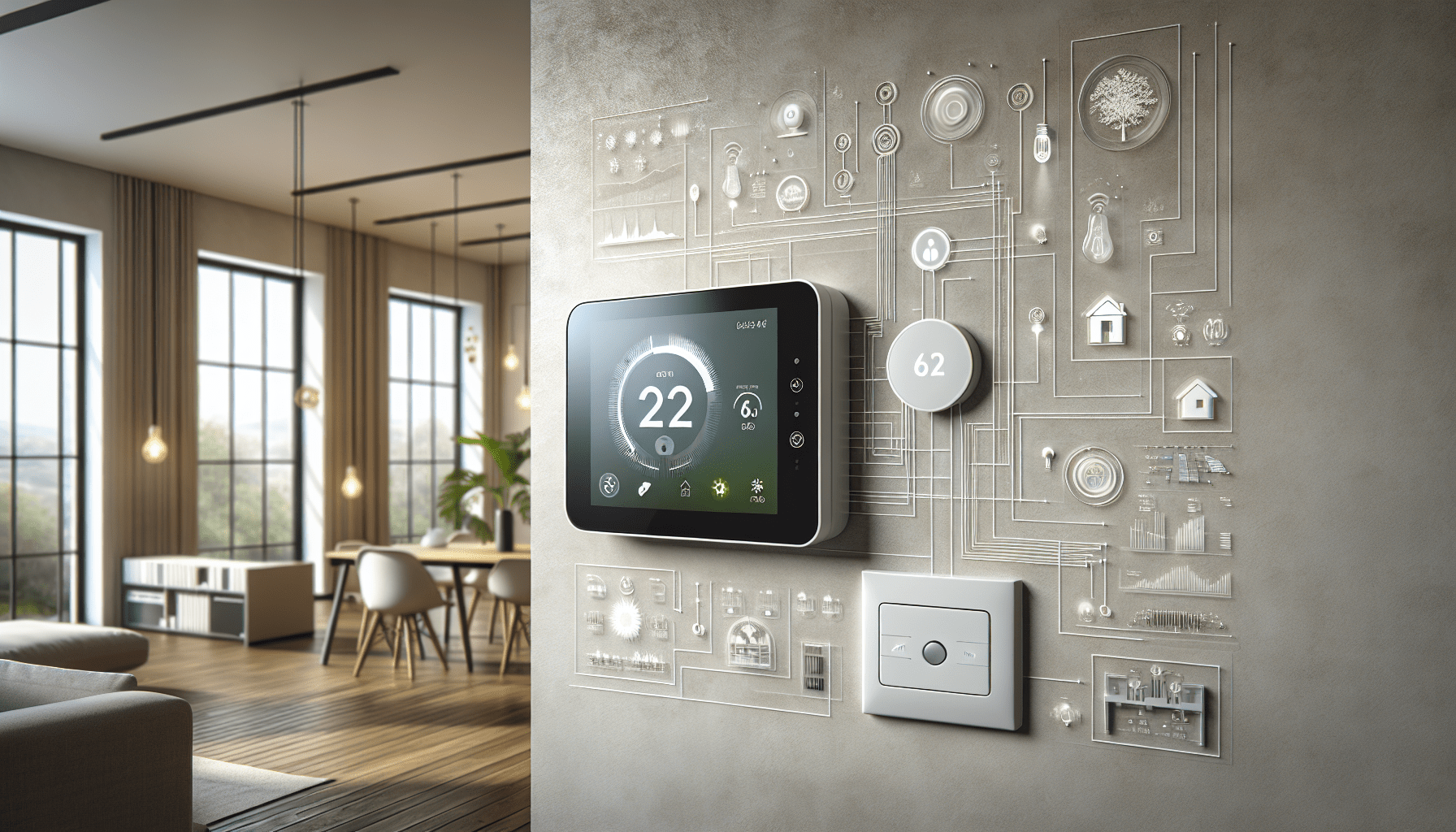
Energy-efficient Landscaping
Believe it or not, our landscaping can also contribute to energy efficiency. The right plants and trees can provide shade, reducing the need for air conditioning, and act as windbreaks, reducing heating costs.
Benefits of Energy-efficient Landscaping
- Reduced Energy Bills: Natural shading and windbreaks help maintain indoor temperatures.
- Environmental Impact: Planting trees and shrubs improves air quality.
- Aesthetics: Enhances the beauty of our home.
Landscaping Tips
- Plant Trees: Plant deciduous trees on the south and west sides of our home to provide shade in the summer and allow sunlight in the winter.
- Windbreaks: Use evergreen trees and shrubs as windbreaks on the north and west sides to reduce heating costs.
- Ground Cover: Use ground cover plants in place of grass to reduce the heat absorbed by our home.
Home Automation Systems
Integrating home automation systems can tie all our energy-efficient technologies together, making it easier to manage and optimize energy use.
Benefits of Home Automation
- Convenience: Control all smart devices from a single app.
- Energy Savings: Automate energy-saving settings and routines.
- Security: Monitor and control home security systems remotely.
Popular Home Automation Systems
| System | Key Features | Price Range |
|---|---|---|
| Google Nest Hub | Integrated control, smart home compatibility, voice assistant | $100-$200 |
| Amazon Echo with Alexa | Voice assistant, smart home compatibility, routine automation | $50-$150 |
| Apple HomeKit | Integrated control, privacy-focused, seamless with Apple devices | $99-$300 |
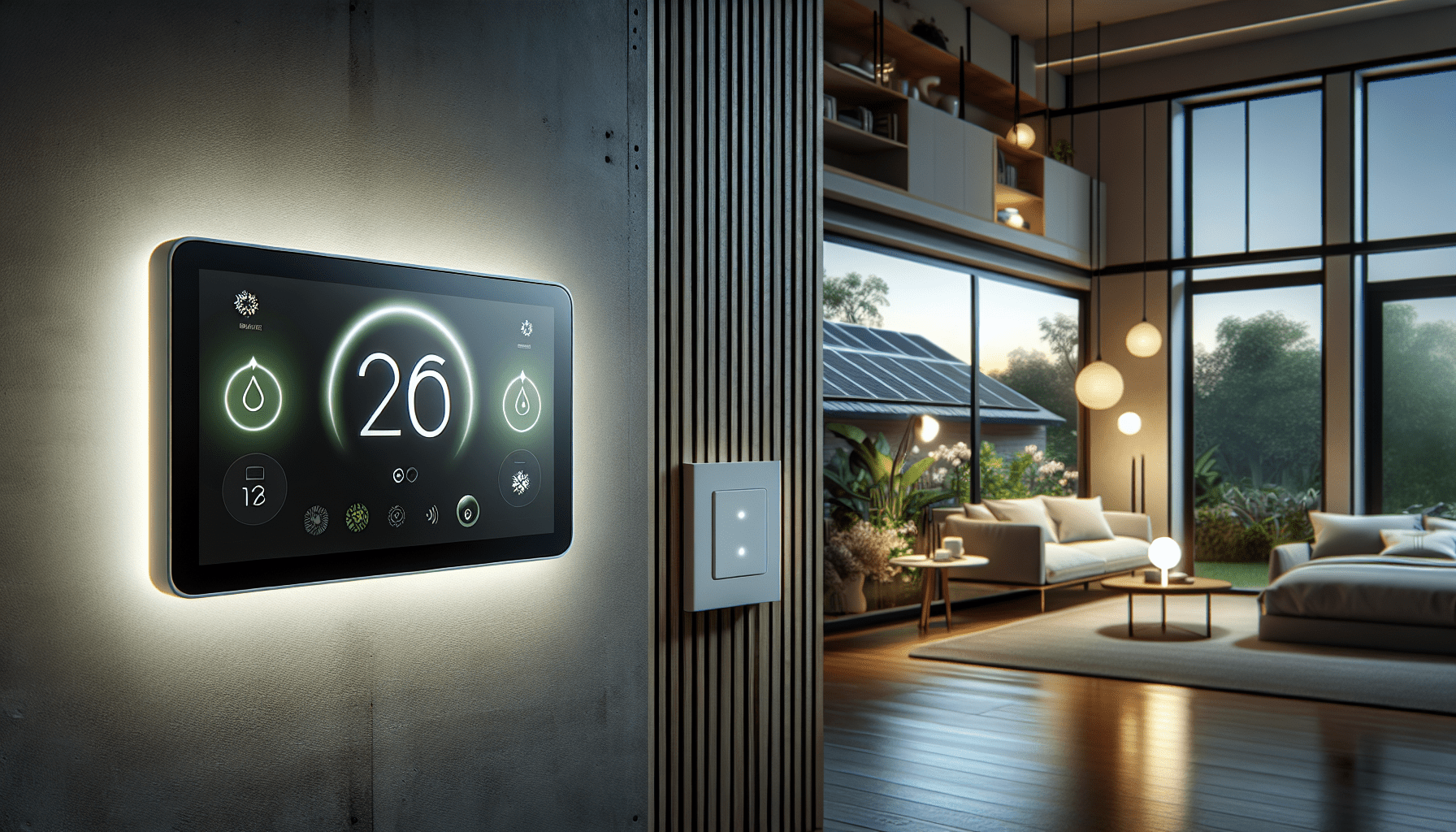
Monitoring and Managing Energy Use
Monitoring our energy use is crucial for understanding where and how we can make improvements. Energy monitoring devices and apps can help us track usage in real-time and identify areas for improvement.
Benefits of Energy Monitoring
- Real-time Data: Understand energy consumption patterns instantly.
- Identify Waste: Easy to spot energy wastage.
- Informed Decisions: Make data-driven decisions to improve efficiency.
Energy Monitoring Solutions
| Device/App | Key Features | Price Range |
|---|---|---|
| Sense Energy Monitor | Real-time monitoring, track individual devices, detailed reports | $299-$349 |
| Neurio Home Energy Monitor | Real-time monitoring, solar compatibility, energy-saving tips | $250-$300 |
| EnergyHub App | Usage tracking, smart home integration, personalized tips | Free with device investment |
Conclusion
Making our home more energy-efficient with technology is an achievable goal that can bring numerous benefits, from lower energy bills to a reduced carbon footprint. By paying attention to our heating and cooling systems, lighting, appliances, water heaters, and even our landscaping, we can create an energy-efficient sanctuary that’s comfortable, cost-effective, and kind to the planet.
So, let’s take the first step towards a smarter, greener home. Whether it’s installing a smart thermostat, switching to LED lighting, or investing in solar panels, every action counts. With the right technology, we can not only make our homes more energy-efficient but also pave the way for a sustainable future.


